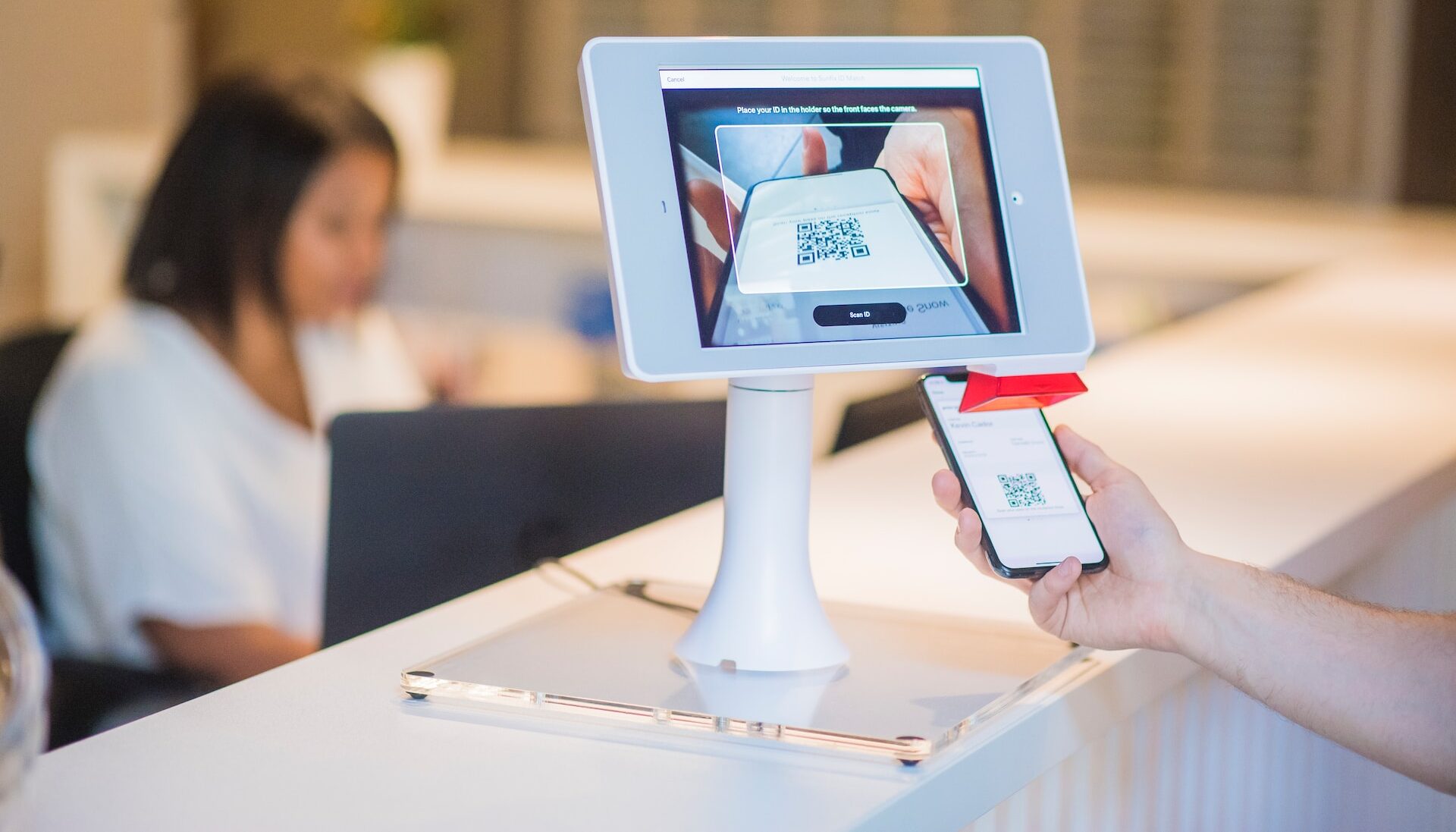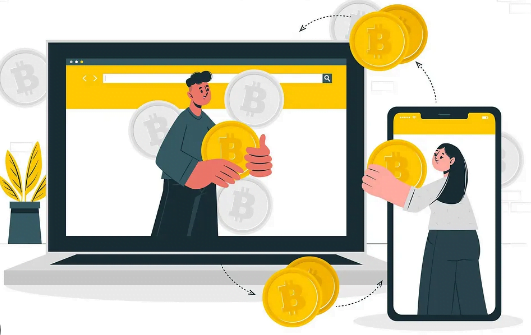We can predict that this year will revolutionary year as big companies in the fintech industry will focus on making payment gateway services more secure, convenient, and personalized for their consumers. Payment gateway technology stands as the strong pillar in facilitating seamless transactions and empowering businesses to grow in this competitive digital age.
In this blog, we will dive into seven emerging trends in payment gateway technology and other elements of this dynamic industry. We will also uncover not just transactions but the power of innovation, efficiency, and convenience. Let’s move on this journey to explore these trends balanced to redefine the future of the payment gateway industry and transform the way we transact.
Digital payments have taken center stage! In fact, the global digital payment market is expected to reach a volume of around $14.80 trillion by 2027 which shows a growth of nearly 12% during the forecast period.
We can see the transforming environment of payment gateway and online transactions because of the ease, convenience, speed, and security it offers while making digital payments. Several emerging trends in payment gateway will evolve the whole digital payment system in the coming years.
Artificial Intelligence
The integration of AI in tools and the security system of the payment gateway offers a cost-effective solution. Moreover, it reduces operational consequences while enhancing the security of online transactions and compliance efficiency. AI technology has the ability to smoothly detect anomalies and potential risks significantly. It also reduces focus toward more complex investigative tasks while AI handles routine processes.
The collaboration between AI technologies and human expertise represents a powerful force in the fight against financial crimes and fraud. By empowering human analysts with insights related to AI and redirecting focus toward more complicated tasks while AI handles routine activities.
Automated Software
Automated software allows individuals and businesses to transact payments faster, more efficient real-time payments for B2B transactions. This year, we believe businesses will use a combination of efficient but expensive real-time payments that depend on your transaction needs. These systems work with the payment gateway system effectively and process transactions almost instantly.
This software in the payment gateway can make it easier for businesses to integrate with other payment services and systems like payment processors and payment orchestras. It can automate the optimization of transaction approvals that help to incense revenue and enhance customer relations.
Personalized Payments
The importance of personalized payments in payment gateway technology remains an essential trend. By implementing personalized payments, businesses can build more powerful connections with their customers, drive loyalty, and create more smooth payment ecosystem.
Payment processors and neobanks that effectively apply personalization strategies stand to separate themselves in a crowded business and make a large client base. As the industry continues to evolve, personalized payments will clearly play a crucial part in shaping the future of commerce. Additionally, it empowers businesses to succeed in a decreasingly customer-centric business environment.
A2A Payments
The evolution of instant payments and the support of merchants are motivations driving A2A payments’ popularity. Quick transactions align with the modern consumer’s demand for immediacy, while merchant support amplifies their adoption, the problems occur when bank digital transformation fails or when their infrastructure is less developed.
Emerging economies similar to India, Brazil, and China are leading the growth of A2A payments through the adoption of open banking, closed deals, and strong trafficker support. This trend is driven by the promise of faster, cheaper, and more secure deals, appealing to consumers and businesses likewise.
By the end of this time, multiple banks and payment service providers are anticipated to launch quick payment and results in complement open banking.
The emergence of Web3.0
Web 3.0 is the third generation of web technology, which focuses on the integration of structured data and intelligent services to encourage the web to understand and fulfill user intentions.
Web 3.0 has the capability to transfigure the payment gateway industry by offering a centralized frame that enables security and user control. Defi protocols in payment gateway will polish innovative financial services similar to decentralized lending, borrowing, and asset operations that give control over their finances.
As the adoption of Web 3.0 technology continues to grow, payment gateways are balanced to become more effective, secure, and inclusive. Furthermore, it creates a new period of decentralized finance and normalized access to financial services.
War Against Cybercrime
Payment gateway companies are intensifying their efforts to resolve cyber threats and to protect customer trust. The imperative to protect sensitive information has never been more crucial.
The active adaptation of strong cybersecurity measures is imperative to neglect risks related to cyber-attacks. The fight against cybercrime is not a reactive measure but an ongoing commitment to fortifying the infrastructure supporting digital transactions that ensure the integrity and security of the payment ecosystem.
Gen Z
GenZ is a group of young generation born between 1997 and 2012. This generation is more tech-smart and has become an essential part of the digital payments adoption across the world. More than 60% of these have mobile devices, which become a strong reason why they prefer digital methods of payments over traditional payments.
The generation is more aware of the latest trends and technology alive in the market that can make their life more comfortable and easier. The demand for digital payment systems and other related elements like contactless payments, smart speakers, and buy now pay later will see rapid growth in the coming few years.
On the Whole
With the global digital payment market projected to soar to $14.80 trillion by 2027, it’s clear that digital payments have firmly established themselves as the best mode of transactions worldwide. The emerging trends we’ve explored in this journey from the integration of artificial intelligence and automated software to the focus on personalized payments and the evolution of Web 3.0 highlight the industry’s determined goal of innovation, efficiency, and security.
As we welcome these transformative trends in payment gateway technology, we show a new era of seamless, secure, and personalized payment experiences. Additionally, setting the stage for a future where online transactions are not just transactions but powerful enablers of growth, convenience, and financial empowerment.
In this rapidly evolving digital era, businesses that adopt these emerging trends stand balanced to succeed and lead the way toward a more connected, inclusive, and digitally-driven economy.











